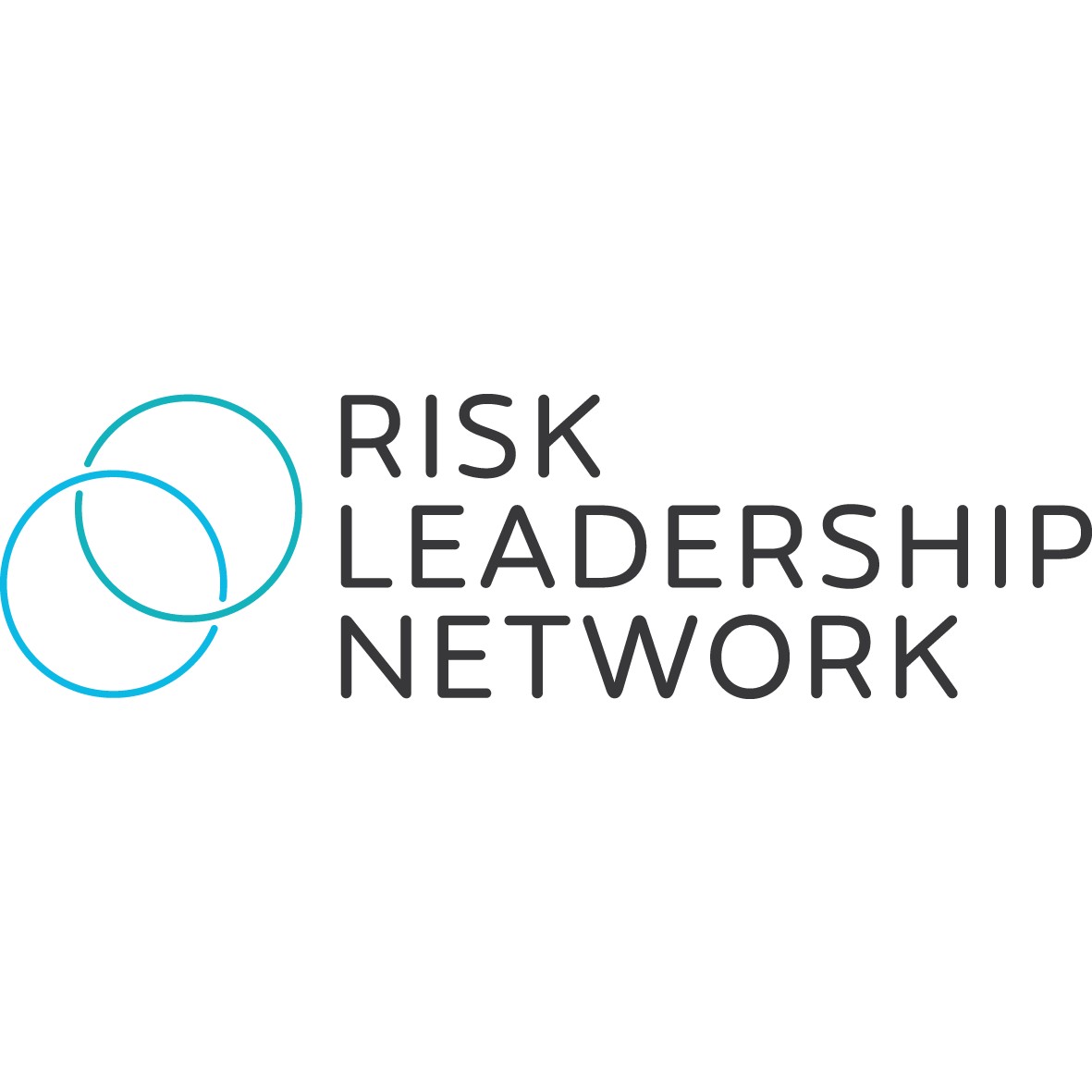How to drive greater risk awareness by strengthening partnerships with Strategy
Many risk teams experience challenges when it comes to establishing their involvement in the organisation's strategic decision-making process. While risk teams are trying to get involved at the outset of strategic planning, our members tell us they're often brought in at the end — once the strategy has already been agreed — to assess the risks.

1. Convene before and after strategic planning sessions
Of course, the first challenge is to make sure that Risk is represented at strategic planning sessions. But once you're on the attendee list, it might be helpful to schedule a discussion with Strategy before and after strategic planning meetings.
What to discussPre-meeting Post-meeting |
2. Work together on outreach to the business
In order to realise the organisation's long-term goals and strategy, business units are expected to develop execution plans, outlining how they will achieve their objectives.
If you're considering how to provide central assurance over these plans, it may be more engaging for Risk and Strategy to go to the business together as one unit, rather than two separate functions.
It is especially important for Risk to be involved in this process, as business units need to factor both threats and opportunities into their plans. Some organisations are even working with the business to map their material risk profile onto specific goals and objectives, as highlighted in the approach below.
Three levers approachOne method of linking material risks to strategy is to think about three strategic levers: cost, time and quality. One risk leader explained that a risk could be viewed as having an impact on strategic objectives via one or more of these three levers. The business should decide which of these three levers is the most "strategically important" to delivering the objective at hand; i.e. is it more important to deliver this objective within a certain time period, within a certain budget or to a particular standard. This should decide the focus of any risk mitigation. |
Some risk leaders have suggested that Risk should sit under the Strategy arm of their organisation.
“As Risk sits under Strategy, communication between myself and other members of the group is quite simple. As a result, our interactions are more ad-hoc in nature and not really formalised.”

CRO, FTSE organisation
Risk Leadership Network members
Meanwhile, other risk leaders believe that the two functions should retain some independence.
If Risk and Strategy teams remain independent from one another — i.e. they sit under different functions at the corporate level — it may be easier for Risk to challenge the strategy, as the Risk team will have an external, unbiased perspective.
However your organisation decides to structure the teams, make sure you adapt your communication processes accordingly.
Member case study
|
4. Incorporate a risk champion into the Strategy team
If Risk and Strategy do sit in separate business functions, some risk leaders are embedding a risk champion into the strategy team. The benefits are two-fold.
- This risk champion can provide a risk-based perspective to activities being undertaken by the strategy team, ensuring that any initiatives being launched are risk-assessed before they begin.
- The risk champion can also feed back to Risk on the latest strategic developments, establishing a consistent flow of intelligence between the two teams.

What's next?
Most of the risk leaders in our network are not planning major changes to how they collaborate with the Strategy team. However, many have expressed that there is room to establish a more structured and regular cadence of meetings and projects between the two functions.
We will be supporting risk leaders as they look for ways to influence strategic decision-making — and any other risk priorities they raise with us. To learn more about what we've got coming up, book an introductory call or find out more about membership on our website.
Share this
Related posts you may be interested in

Using risk appetite to support decision making: three case studies

Quantitative risk analysis: 5 applications for effective risk management
